In today’s fast-paced digital era, businesses are increasingly harnessing the power of cloud computing to streamline operations, boost productivity, and foster innovation. However, with the plethora of cloud solutions available, selecting the right fit for an organization’s unique needs can be a daunting task. It is crucial to approach cloud solution selection with a well-informed mindset. By exploring the diverse offerings, organizations can match their unique requirements with the most suitable cloud solution.
While the allure of a one-size-fits-all solution may be tempting, the true value lies in understanding the nuances of each provider and their compatibility with the specific corporate environment. By embracing a tailored approach to cloud solution selection, corporates can unlock unprecedented scalability, agility, and innovation in their operations, ensuring a competitive edge in the ever-evolving business landscape. In this comprehensive analysis, we will delve into the world of cloud computing, dissecting the different cloud solutions like IaaS, PaaS, SaaS, and DRaaS. Shedding more light on the diverse capabilities of these solutions, discuss their suitability for specific environments, and provide recommendations tailored for our corporate audience.
Understanding Cloud Solutions
Infrastructure as a Service (IaaS): IaaS is the delivery of virtualized computing resources as a service over the internet, including virtual machines, storage, and networks. By using IaaS, businesses may create their own IT infrastructure in the cloud without having to spend money on real gear. IaaS is a good fit for companies with sizable infrastructure requirements since it enables them to quickly scale resources up or down as needed. IaaS, for instance, can be used by a retail business to meet a spike in demand during the holiday season. IaaS is frequently the best option for enterprises needing total control over their infrastructure and customizability.
Platform as a Service (PaaS): PaaS provides a full development and deployment environment on the cloud, freeing developers to concentrate on writing code and enhancing the functionality of their applications. PaaS is a great choice for businesses
that concentrate on the deployment and development of applications. By utilising predefined development environments, startups and software development firms, for example, can use PaaS to shorten their time to market. Additionally, PaaS supports continuous integration and deployment practices and promotes developer cooperation.
Software as a Service (SaaS): SaaS provides users with access to and use of software applications via the internet, allowing them to do so using web browsers or specialized client programmes. Organizations no longer need to install and maintain software locally thanks to SaaS. SaaS is especially advantageous for businesses looking for simple, affordable access to software programmes. SaaS solutions are an option for businesses wishing to optimize operations without making significant investments in software licenses and maintenance. A human resources department might use a cloud-based HR management system to make the hiring, paying employees, and managing employee performance processes simpler.
Disaster Recovery as a Service (DRaaS): By replicating and recovering crucial data and apps in the case of a disaster, DRaaS supports business continuity. Organizations can swiftly restore operations and reduce downtime with DRaaS. For companies that can’t afford considerable downtime or data loss, DRaaS is essential. Financial, medical, and e-commerce sectors as well as others largely rely on the ongoing accessibility of their systems and data. Organizations may lessen the effects of disasters, guaranteeing business continuity and protecting their reputation, by utilizing DRaaS solutions.
Hybrid cloud environments should also be considered in addition to the aforementioned cloud options. By fusing private and public cloud infrastructures, hybrid cloud incorporates the finest aspects of each. With this strategy, organizations may benefit from the scalability and affordability of public clouds while still keeping private clouds under their control for sensitive data and mission-critical applications. For enterprises with special regulatory or security requirements, hybrid cloud solutions are suitable.
Although the cloud has many advantages, it is important to understand that the idea of a “one size fits all” cloud solution is untrue. It is crucial to take into account specific
organizational needs and the intended use case because each cloud solution has its own strengths and weaknesses. There should be careful assessment their unique requirements and match the advantages of the various solutions. Having a thorough understanding of the differences between IaaS, PaaS, SaaS, and DRaaS equips businesses to take wise decisions that maximize productivity and spur expansion. Remember! The cloud is not a one-size-fits-all solution but a vast and diverse ecosystem that demands careful consideration.
By partnering with Dandemutande your business can navigate the complexities of cloud computing and embark on a transformative journey that maximizes efficiency, innovation, and success.
Let us help you take your business to the next level with our reliable and secure cloud solutions.



Leave A Comment